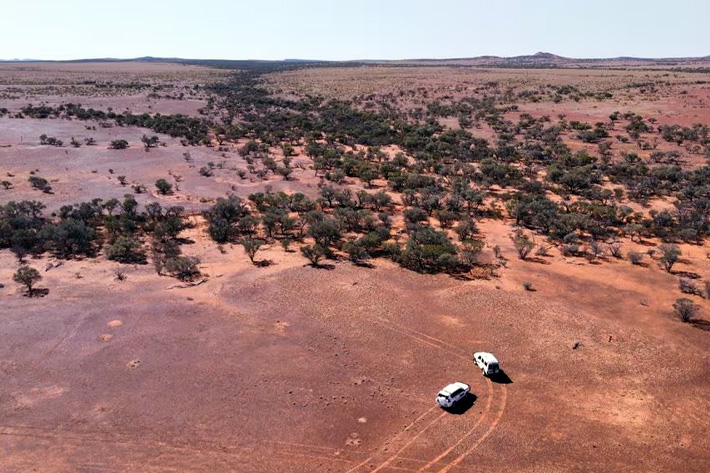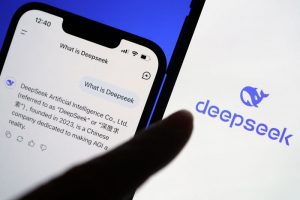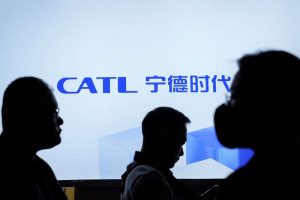A Singapore-based startup is tapping artificial intelligence (AI) to hunt for reserves of critical minerals, betting that the technology can help it reduce the cost and time spent in mining.
The firm, Atomionics, has used gravity and AI to develop a “virtual drill” technology called Gravio that can define ore bodies and improve the efficiency of minerals projects.
Drilling a single hole to search for a mineral can cost from $7,000 to $33,000. A lithium miner might need as many as 400 holes to prove up a resource, so building a more accurate virtual picture before drilling can slash costs.
Also on AF: China Set to Start Sea Trials of Deepwater Drilling Ship
“The key challenge is that sometimes (drill holes) don’t actually hit the reserve,” Atomionics CEO Sahil Tapiawala said.
The company aims to cut these “empty” samples by at least half, he added.
Like many exploration technologies, Atomionics taps the gravity signatures of different minerals to pinpoint where they lie beneath the earth.
It is able to do so more precisely than typical air-based survey techniques, and processes data in real time using AI, speeding up the work of defining ore bodies, Tapiawala said.
Costly critical minerals exploration
The mining industry uses various techniques to find minerals, including ground-penetrating radar and aeromagnetic surveys, but no one method guarantees success.
KoBold Metals, a California-based startup whose backers include billionaires Bill Gates and Jeff Bezos, is also using AI to search for metals such as lithium.
“The energy industry would traditionally defer to seismic data before undertaking any drilling project,” Cameron Fink, Bridgeport Energy exploration manager, said in a statement.
“With further development, Gravio can present as a low-cost alternative to traditional methods of exploration.”
First customers in Australia, US
Atomionics has signed contracts with three major mining companies as part of a strategy to pinpoint ore bodies of metals key to the energy transition, Tapiawala said.
That would add to work the firm was already doing in Queensland state with New Hope unit Bridgeport Energy.
The mining majors are expected to finish collecting and analysing data using Gravio early next year.
“We are actively deploying for critical minerals, so specifically copper, nickel, zinc,” Tapiawala said, adding the technology was being rolled out in Australia and the US.
He declined to identify the miners for reasons of commercial confidentiality. The privately-held firm is backed by a number of Singapore-based government agencies and strategic investors.
- Reuters, with additional editing by Vishakha Saxena
Also read:
China-Tied Fund Seeks to Axe Australia Rare Earths Firm’s Head
Frenzy of Foreign Suitors Wooing Australian Lithium Miners
Rare Earth Magnet Firms Plan Vietnam Plants as China Hedge
Western Firms Struggling to Break China’s Grip on Rare Earths
Lithium Producers Warn Supply Shortfalls Risk EV Progress
China Metal Curbs, Rare Earths Risks Fuel Hunt For Safe Sources
China Leads Rare Metals Mining Race to Ocean Floor – WP
























